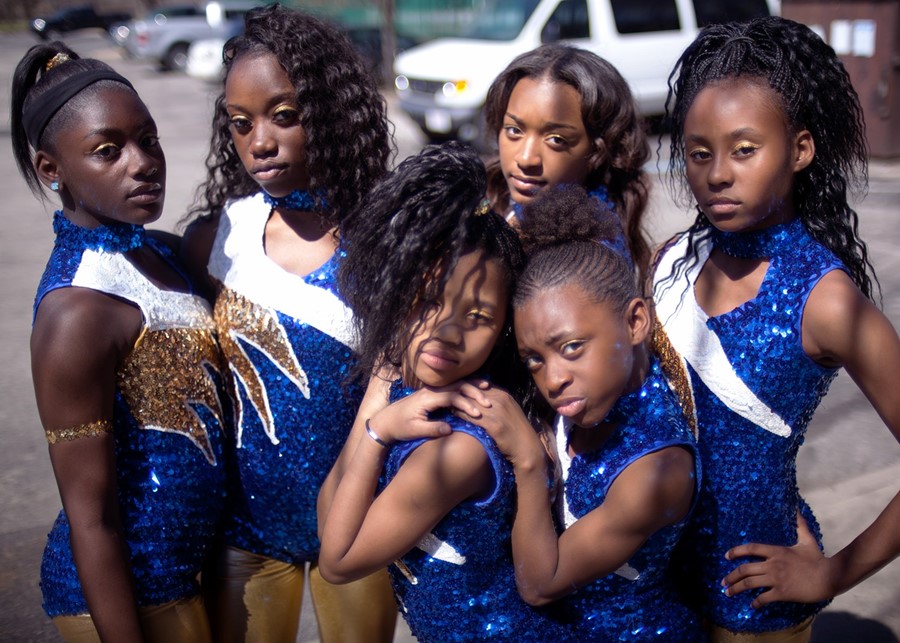We speak with director Anna Rose Holmer, whose debut feature film chronicles an 11-year-old girl's journey of self-discovery through the sociogenic illness plaguing a Cincinnati community centre
The Fits, Anna Rose Holmer’s heady debut feature, is set almost entirely in a Cincinnati community centre: a place where the city’s youth go to flex, flirt and find their tribe. 11-year-old Toni attends the boxing gym with her older brother, but it’s the power and punch of an all-girl dance troupe rehearsing across the hall that catches her eye. Toni decides to audition and soon finds herself thrust into a world of teenage rites and rituals. When the older girls begin to experience seizure-like fits, Toni looks on, compelled but fearful of what she may have inadvertently signed up for. It’s a film that lingers in the in-between, that strange space straddling childhood and the more adult world that waits on the other side – whether you’re ready for it or not. We speak to the film’s director about female adolescence, hysteria and finding her own cinematic vocabulary.
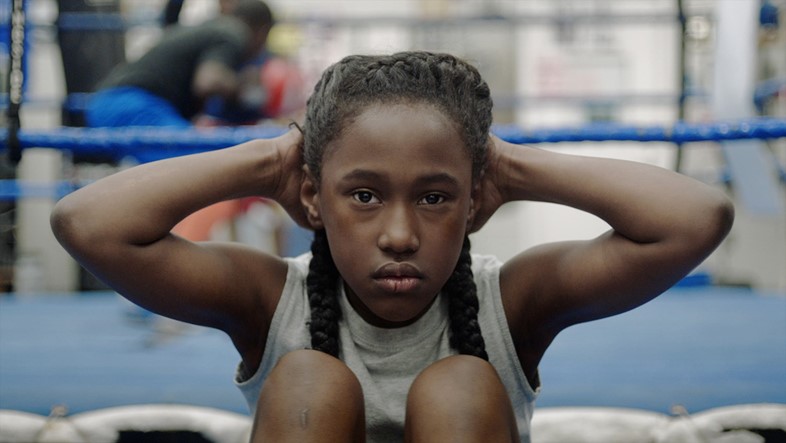
On being a first time filmmaker…
“One of the big things was deciding to find a way to make a film where my team’s creative freedom was protected, to seek out all grant funding which really allowed for experimentation, growth and discovery as filmmakers. I think directing for the first time involved so many complex emotions. If you want someone to be open and raw and emotional, you have to go there first; you have to open up and be very naked. That, for me, was a kind of growing process which was so rewarding because just by being present and being vulnerable in that way you learn so much – you have to be listening and connecting on a visceral level with all your team.”
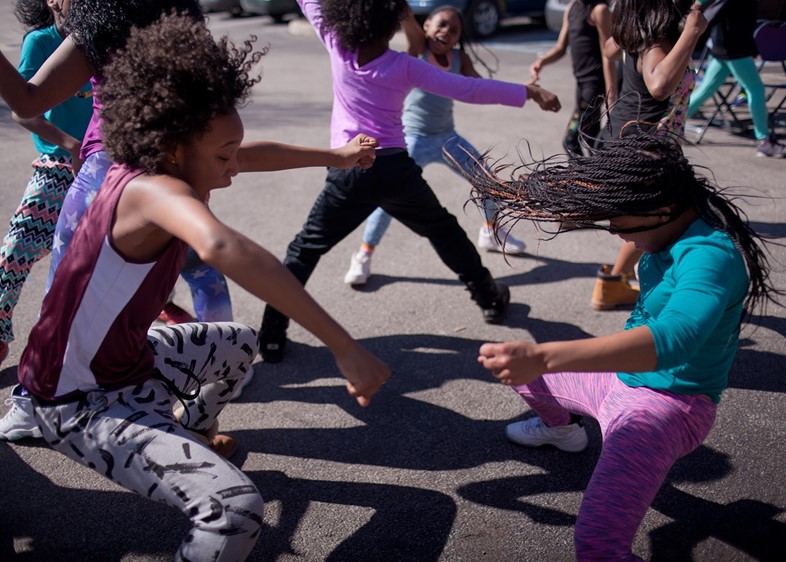
On portraying female adolescence…
“I co-wrote this script with two other women, my editor and my producer. We all grew up in really different locations with different family lives, so we were always trying to make a Venn diagram of shared experiences. Things like picking at nail polish, being alone at the community centre after hours, the smell of the locker room – those little moments. We all started to say ‘yes! That is connected to this memory for me’. Then when we decided to collaborate with the Q Kids [the dance group] I said to my performers ‘you are authors alongside of us, your voice is necessary’ and, again, it was about sharing and always trying to find that Venn diagram.”
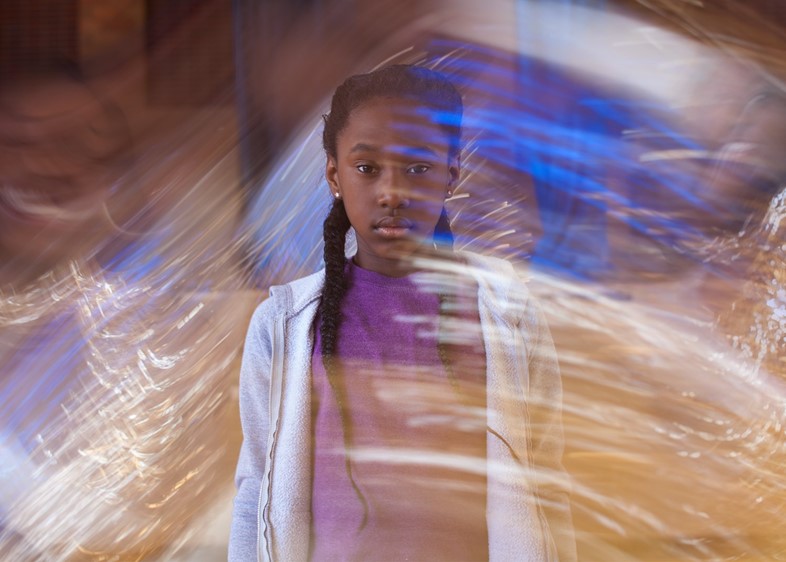
On finding a cinematic vocabulary…
“I had fallen into working with dance on film. Through watching choreographers work with dancers I really started to understand the kind of cinematic vocabulary that I was interested in. It’s about putting narrative tension in movement. I went to school to be a cinematographer. That’s not the path that ended up being my career, but I have a foundation in examining the role of the lens in storytelling. Questions about focus, lens choice and colour were inherent in the scriptwriting. I was thinking about lenses even at that point.”
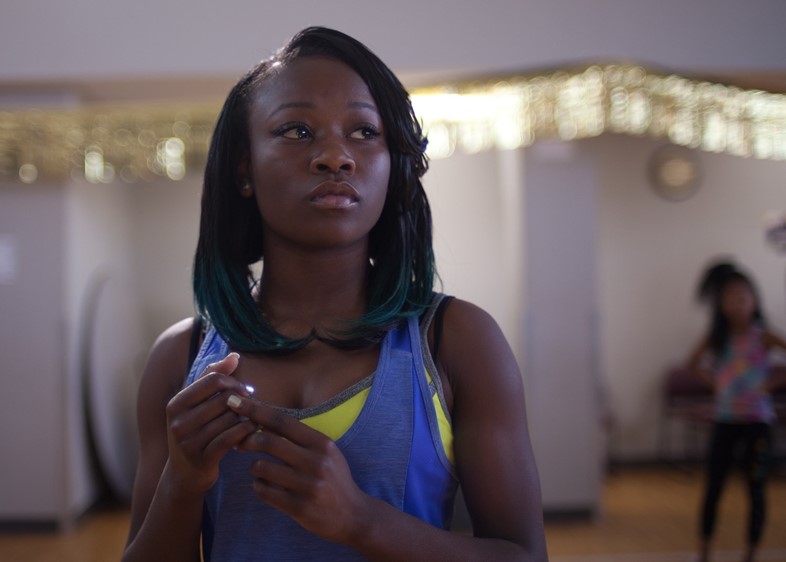
On dance & hysteria...
“I had always been fascinated by [hysteria] cases, whether from medieval times or the present. The idea that there isn’t a concrete barrier between you and everyone else. What does it mean to be influenced, or to be moving collectively? I’ve talked about adolescence being a sort of choreography that you learn. You’re looking at other bodies to say ‘how do they move? What does it look like to engage in flirtation? What does it look like to be confident? How do I set my body apart? How do I fit in?’ All of those questions are so physical at that point. Being 11 is dreamy, joyful, horrifying, silly and incomprehensible and we wanted to put those emotions physically into each of those fits as Toni is figuring out who she is.”
The Fits is availiable for digital download now.
